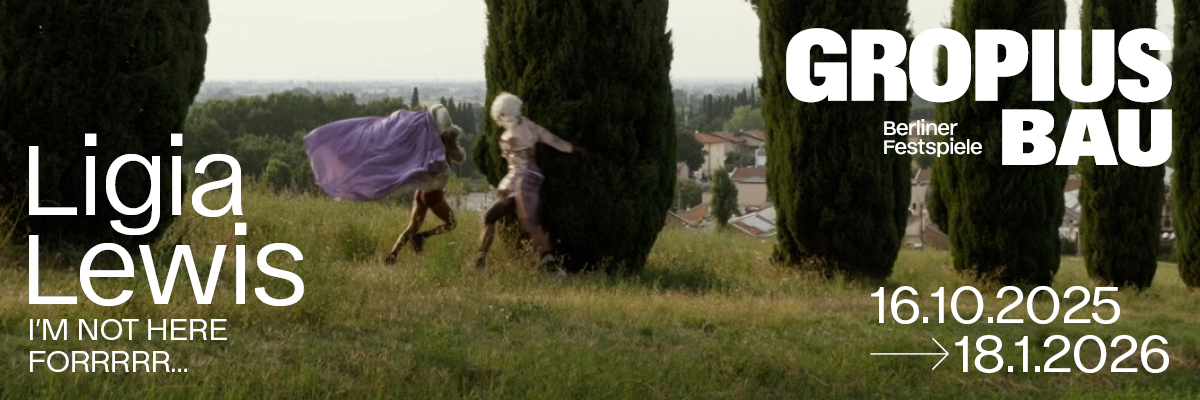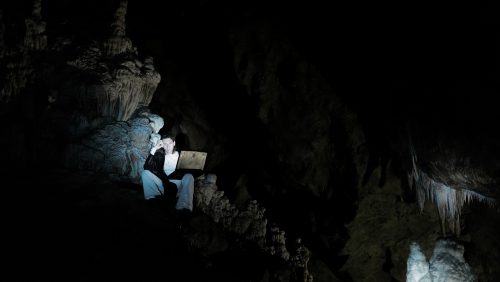
Eliza Ballesteros
Ordination
Project Info
- 💙 10N Gallery
- 💚 Jerome Nicod
- 🖤 Eliza Ballesteros
- 💜 Jerome Nicod
- 💛 Silvia Cappellari
Share on

Installation View with Losange Black
Advertisement

Installation view with Losange Olive, red and Bordeaux

installation view with Losange olive

installation view with Losange olive

Installation view with Losange red and bordeaux


installation view with Sternum

LOSANGE Black Cotton, velvet, smocking, thread, jute, wooden frame 227x77 cm


LOSANGE Bordeaux Cotton, velvet, smocking, thread, jute, wooden frame 227x77 cm



LOSANGE Olive Cotton, velvet, smocking, thread, jute, wooden frame 227x77 cm



LOSANGE Red Cotton, velvet, smocking, thread, jute, wooden frame 227x77 cm



Sternum pencil on blotting paper, Chinese ink, pigment artist frame (museum glass) 44x34 cm

InORDINATION , Eliza Ballesteros weaves together the domestic, the geometric, and the psychoanalytic, creating a space where architecture, objects, and materials reveal the unseen forces shaping our inner experiences.
The term „Ordination” in its Austrian context refers to a doctor's or therapist's office—a space with distinct architecture and function. Drawing on the unique apparatus of Freud’s iconic ordination, which remains notorious and preserved as museums in both Vienna and London to this day, Eliza Ballesteros' installation for 10N Brussels pivots on these qualities with her new works, referencing the Freudian divan as a space of projection, yet instrumental to the psychoanalytic setting.
Central to the solo show is a series of four rhombus-shaped velvet panels, titled LOSANGE (2024). These geometrical shapes appear frequently in Ballesteros's work, holding a deeper significance related to the mental state: research into schizophrenic experiences reveals that the rhombus often emerges in psychotic episodes, with individuals describing it as both a visual trigger and a manifestation of their condition.
In the context of the exhibition at 10N Gallery, the rhombus shapes function in different ways: first and foremost, as portals—the material choice of velvet, concurrently absorbing and reflecting light, simultaneously concealing and revealing, thus offering an entrance into the subconscious; underlined by the intervention of the cut-out shape in the plaster wall; revealing the backside of a private closet.
Secondly, the colors—Bordeaux, crimson red, olive, and black—directly reference Freud’s ordination, serving as abstract placeholders for the four pillows on the Freudian divan. Patients would recline on the carpet-covered couch, resting on velvet textures, while unraveling their traumas, evoking a blend of comfort and sensuality. This specific material, with its soft allure and art historical weight, invites both reflection and projection, as well as physical engagement.
The process of smocking reflects Ballesteros' dedication to labor-intensive craftsmanship, a practice one might call “hardcore manufacturing.” Smocking is a traditional textile technique that dates to the Middle Ages. This meticulous method, involving countless hand stitches, creates a spine-like structure that is stretched with force into rhombus and triangle shapes. In this way, the structure opens to reveal its folds, seducing the viewer.
Described as "sensibles Kalkül " or "sensual calculation" Eliza Ballesteros creates settings that bridge the gap between the cerebral and the tactile. By installing the divine LOSANGES in a rather domestic space, they are grounded by the decision to varnish the floor of the gallery in oxblood, covered with an antique kilim.
The exhibition also draws conceptual and direct connections to Frank West’s Auditorium (Documenta 1992), which similarly used furniture as a vehicle for exploring the human body at rest. West’s engagement with the psychoanalytic divan parallels the artist’s own exploration of objects designed for comfort, yet laden with deeper emotional and psychological resonances.
Jerome Nicod




